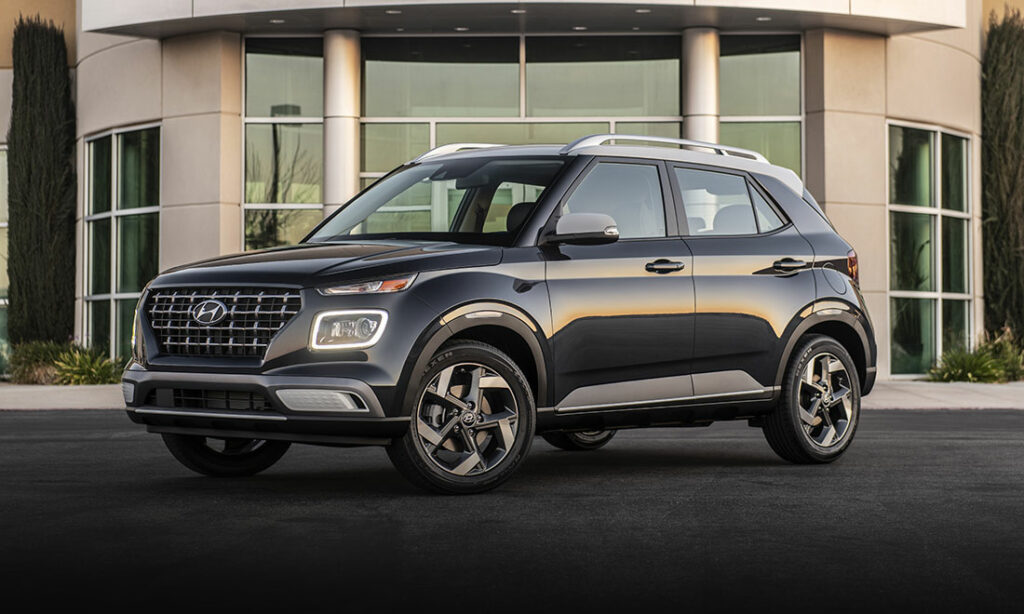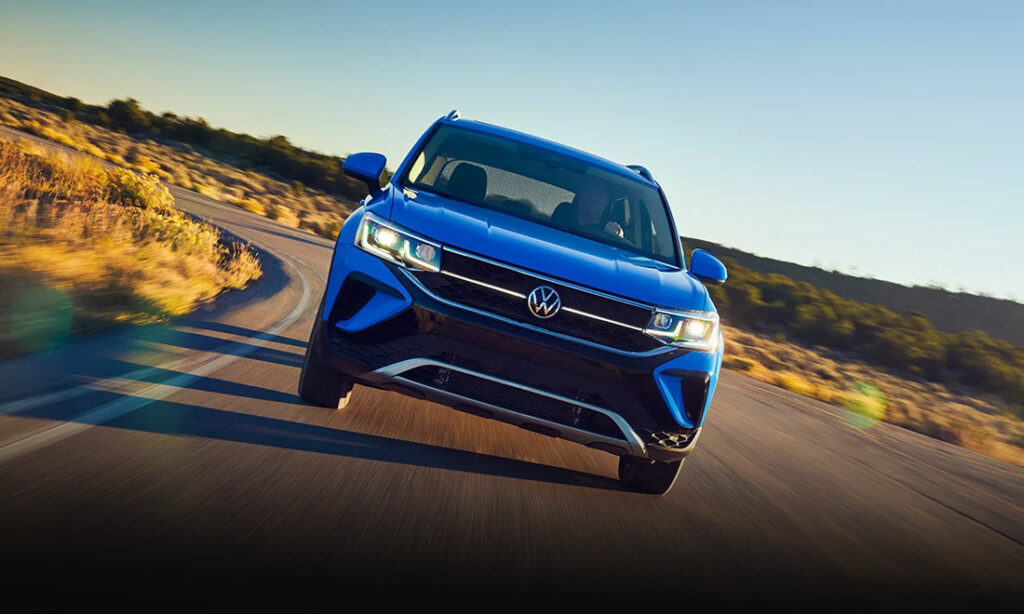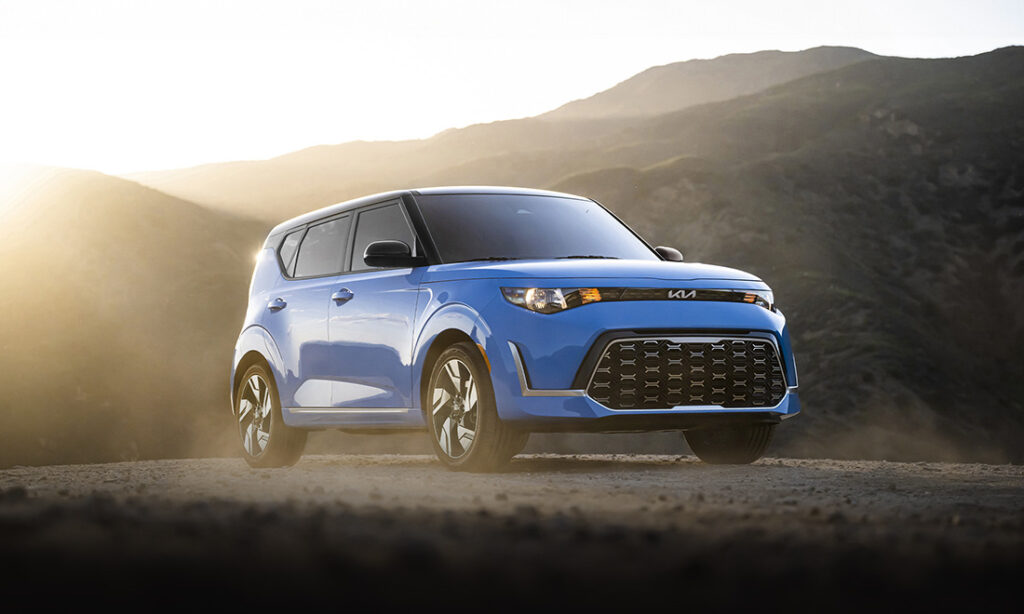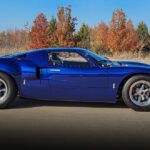Retro Review: Toyota Hilux
Small, reliable, nigh unkillable: the Toyota Hilux has built a worldwide reputation for unsurpassed ruggedness.
What is the Toyota Hilux?
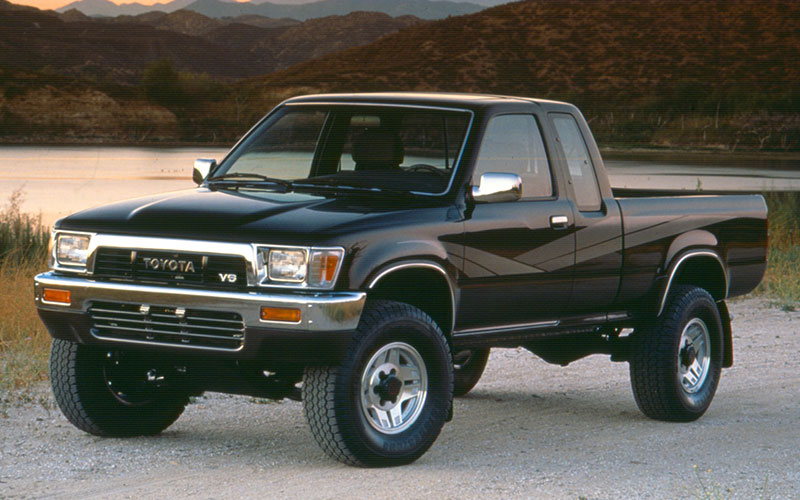
When we talk about forbidden fruit imports from Japan, we usually think of quirky kei cars like the Honda Beats or JDM (Japanese Domestic Market) brutes like the Nissan Skyline GT-Rs. And yet, for Americans, it is not a sports car but a modest-looking pickup truck that is the most coveted Japanese vehicle. The Toyota Hilux, the world’s default pickup, is spoken of in hushed and reverential tones here in the States. With a reputation for durability and longevity, the Hilux is a no-frills, utilitarian masterpiece of raw practicality. And despite not having been available in the US for over two decades now, the Hilux has managed to sell over 19 million units across dozens of countries.
The Unkillable Truck
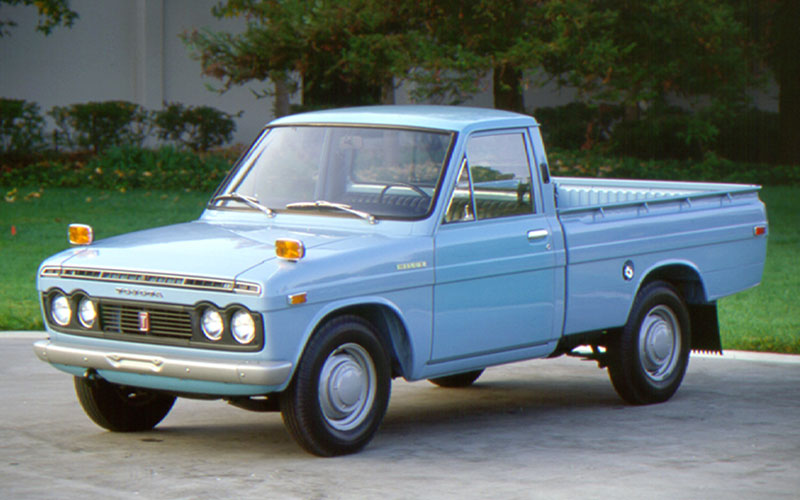
Reliability is to trucks as handling is to sports cars. You can always seek out a higher tow rating or a quicker zero to sixty time, but when it comes to pickups, its indefatigable ruggedness, the ability to do what needs doing year in and year out that really matters. And the Hilux is a legend for its reliability and durability.
In one of the most famous episodes of Top Gear, Jeremy Clackson and team put the Hilux’s rep to the test by crashing it into a tree, drowning it in sea water, dropping a caravan on it, setting it on fire, dropping it from a crane, and even setting it atop a building that was then dynamited. And after each of these tests, the Hilux still started. Take a perusal of YouTube’s Hilux related content and you find video after video of Hilux’s putting up with mountains of abuse, towing absurdly overloaded trailers, and refusing to buckle under the most unreasonable loads.
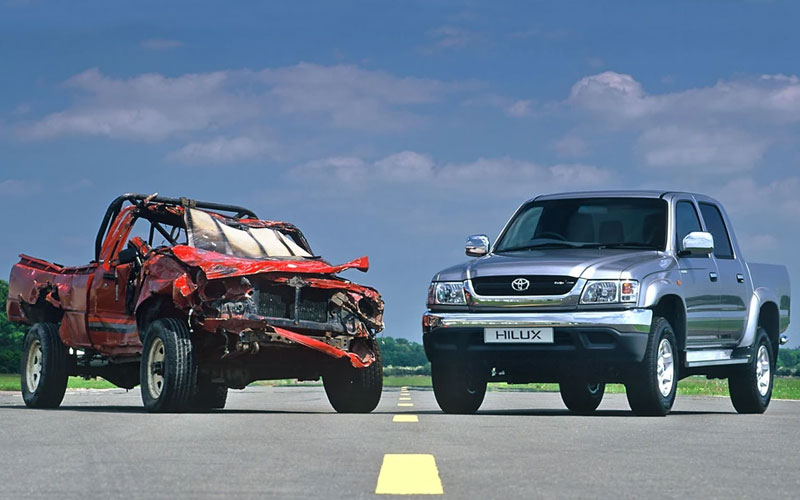
Toyota has a reputation for overengineering its vehicles and none better exemplifies that trait than the Hilux. When we have gotten so accustomed to designed obsolescence, of our cars prematurely succumbing to the ravages of time, the Hilux reminds us that when carmakers want to build something that lasts, they can.
First Generation 1968-72
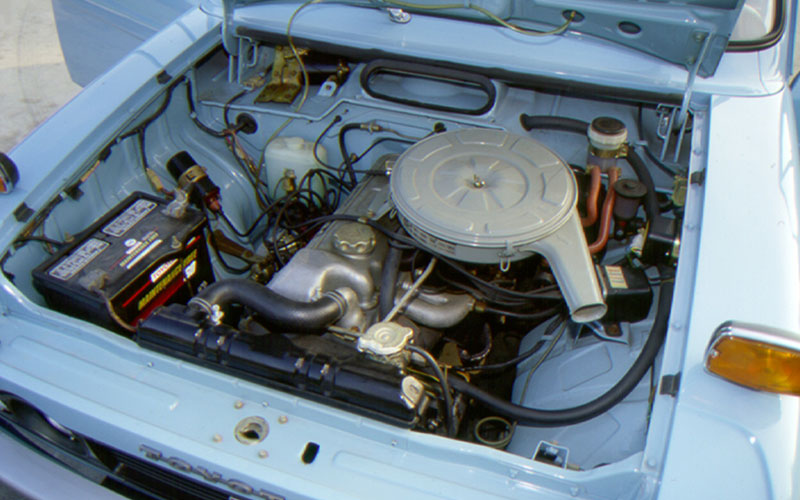
The Hilux did not start out as a Toyota, at least not entirely. Launching in 1968, the Hilux was a joint venture between Toyota and Hino Motors, Inc. with the new light pickup serving as a replacement for Hino’s Briska and Toyota’s Lite Stout. (Hino Motors would eventually become a wholly owned subsidiary of Toyota in 2001.)
The no-nonsense Hilux name came from an ironic combination of “hi” and “luxury.” Indeed, the Hilux was a simple affair, a two-wheel drive, two-door pickup running a 1.5L four-cylinder making 76 horsepower. Though not super powerful, the little Hilux was rated to an impressive one-ton (1,000kg/2,200lbs) payload. A longer wheelbase version was added in 1969. Larger 1.6L and 1.9L and 2.0L SOHC engines were added. The Hilux/Toyota pickup was introduced to the North American market in 1972 (short wheelbase version only).
Second Generation 1973-77
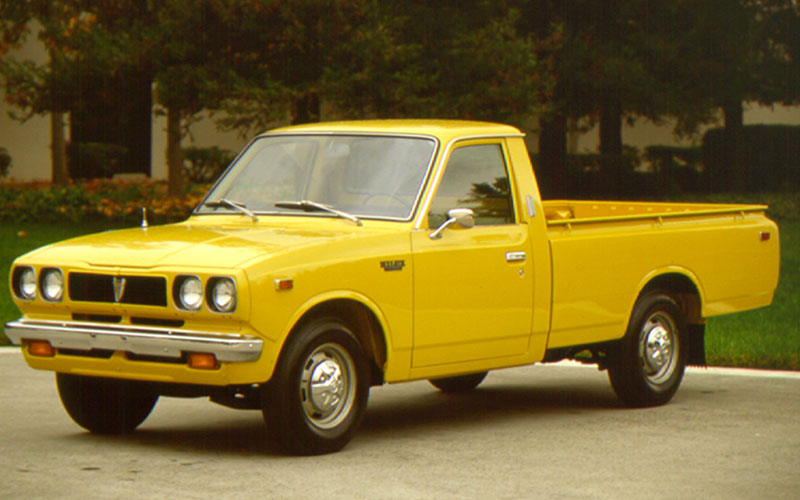
Starting in 1973, Toyota marketing materials in North America dropped use of the Hilux name. Instead, simply referring to it as the Toyota pickup (this would become the official name in 1976). The second-generation Hilux stayed largely the same mechanically as the prior generation. A new 2.0L engine was introduced for the “Highway” model in 1973. A minor redesign for 1975 added slightly to the length of both the short and long wheelbase versions and the new SR5 trim in North America that included a new 2.2L engine. A five-speed manual transmission and three-speed automatic transmission were added alongside the basic four-speed manual.
Third Generation 1978-83
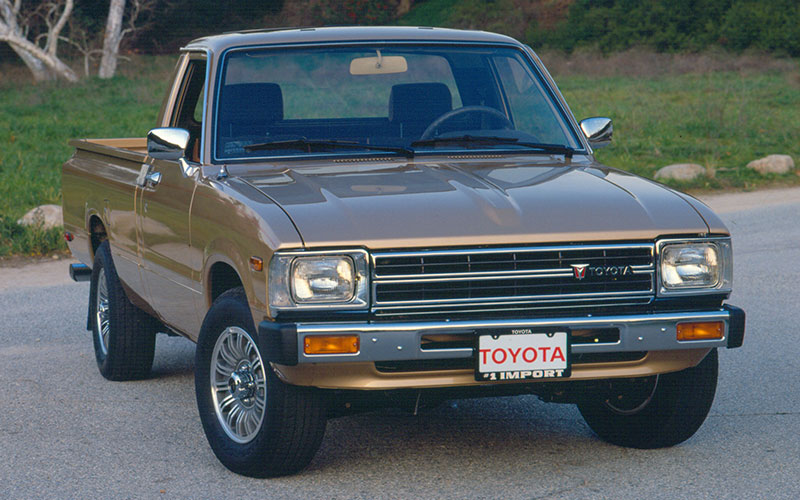
The third-generation Hilux launched with the 1978 model. Updates were many. Front disc brakes were introduced for the Deluxe trim and above. A new double wishbone suspension with a torsion bar was added to the front. New creature comforts included air conditioning and a radio. A new Super Deluxe extended cab was now optional. A four-door double cab version would also be added in this generation. A new 2.2L diesel engine was also introduced. The Hilux was given four-wheel drive for the first time in 1979. The 4WD versions were visually distinguished by their prominent fender flares.
Starting in 1981, Toyota partnered with Winnebago to build bodies for Hilux based SUVs. These became the Trekker and Trailblazer SUVs and the Wolverine camper. The Trekker evolved into the 4Runner (aka the Hilux Surf in Japan).
Fourth Generation 1984-87
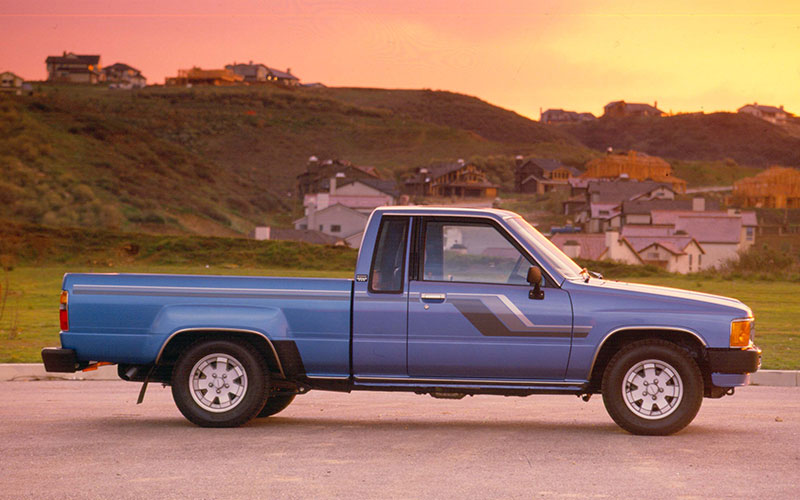
Starting with the 1984 model year, the four-generation Hilux introduced the new Xtracab which added six inches of space behind the front seats for more interior space. The 4WD versions received new body styling, including blister fenders, and, starting in 1986, a new independent front suspension. Engine options included two diesels and 2.0L and 2.0L turbocharged gas options. The Hilux’s first V6 arrived in 1988, a 3.0L making 150 horsepower and 180 lb-ft of torque. It was this generation of Toyota pickup that Marty McFly pined after in Back to the Future.
Fifth Generation 1988-96
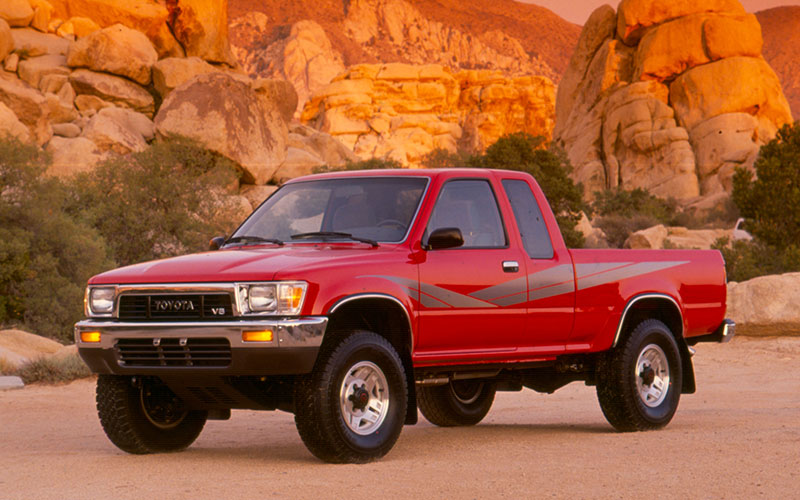
The Hilux received a significant redesign for the 1988 model year. A longer wheelbase option now extended to 122 inches, and the interior was upgraded for a more car-like feel. The Xtracab was enlarged to accommodate jump seats in back for the first time. A minor visual update arrived for the 1992 model that included use of the new Toyota badge in the grille work. For the 1995 model year, the Toyota pickup was replaced in North America by the new Tacoma. The Tacoma, while a capable truck, was designed to better serve American buyers who were looking for a daily driver as much as they were a work truck.
Sixth Generation 1997-2004
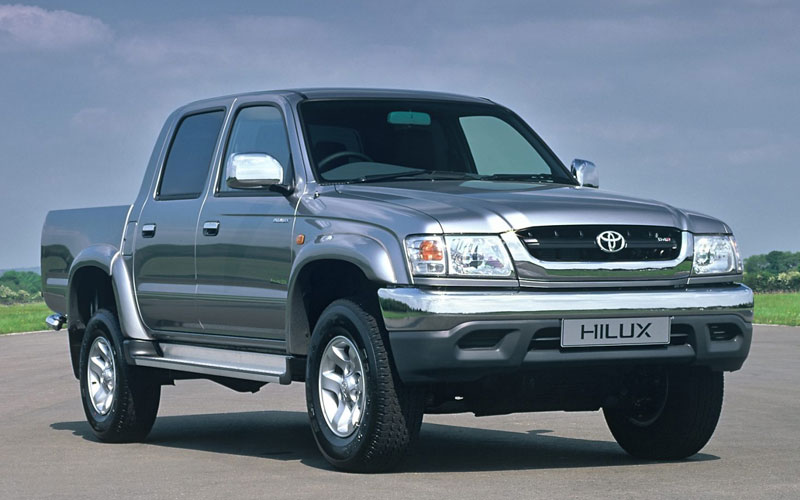
The sixth-generation Hilux was designed and marketed along two separate lines: a business-use/work truck hewing closely to the Hilux’s tradition of no-frills efficiency and a personal-use/sport truck that could better serve buyers seeking a balance between ruggedness and comfort. A new fully independent front suspension improved the ride for both versions. Engines ranged from a basic 2.0L for the Australian market to the ultra-durable 2.4L and 2.7L DOHC 2RZ-FE and 3RZ-FE four-cylinder engines to a 3.4L V6 and six different diesel options across numerous markets. This was the final generation of Toyota Hilux built in Japan.
Seventh Generation 2004-2015
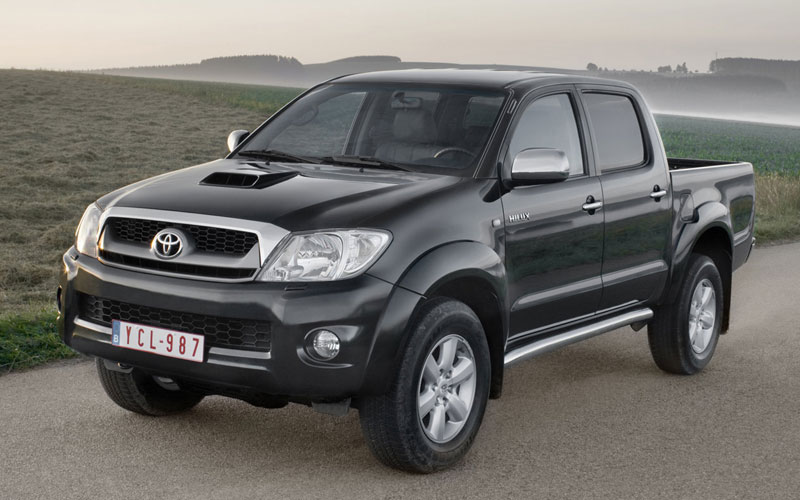
The new seventh-generation Hilux debuted in 2004 as the largest version yet, adding 15.7-inches in length and 1.8-inches in width. The Hilux had graduated from light truck to mid-size pickup. In addition to its basic two-door, four-door, and extended cab body styles, the Hilux platform was now the basis for a new minivan, the Innova, and a new SUV, the Fortuner. A new ladder frame chassis improved stiffness by 45 percent. The Hilux was being sold in over 140 countries worldwide, despite not being sold in the US or Japan. This was the first generation of Hilux to appear at the Dakar Rally, starting in 2012.
Eighth Generation 2015-Present
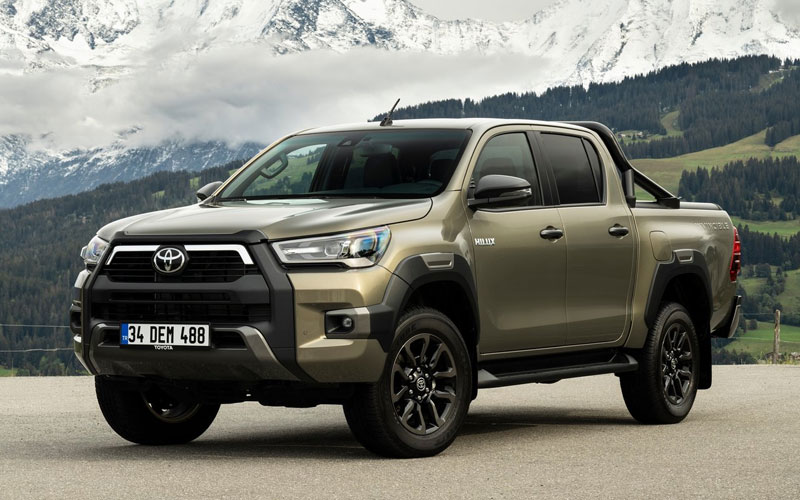
The current generation of Toyota Hilux continues what has made it a legend of durability and reliability. But while Toyota made sure the Hilux was tough, they also worked to improve the truck’s livability with a larger, quieter cabin and smoother, more forgiving ride, added safety features and modern tech (Toyota Safety Sense became available in some markets starting in 2020). The Hilux has three different suspension options depending on the market with the Australian version tuned for the roughest off-road applications, the Thai version tuned for road use, and a third uses a double wishbone front set up for the Hilux’s most car-like ride. The Hilux returned to the Japanese domestic market in 2017. There remain no plans for the Hilux to be sold in the US.


